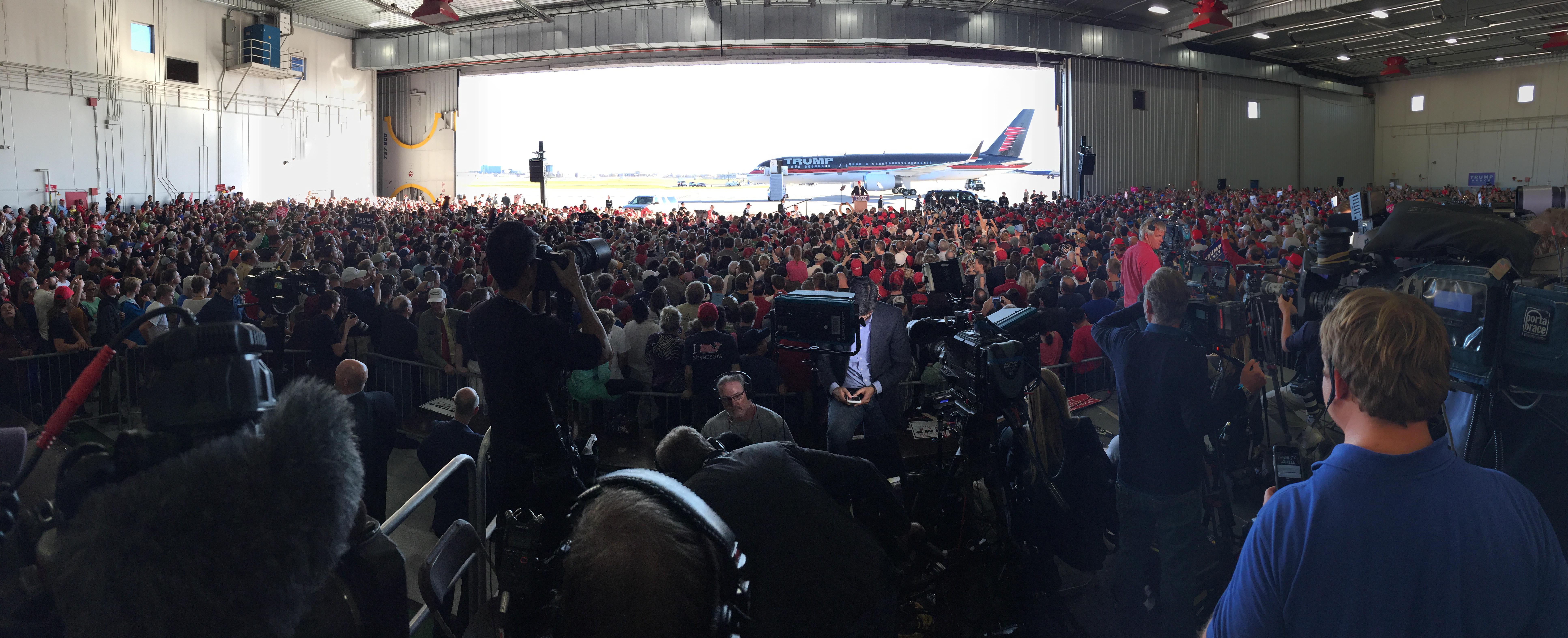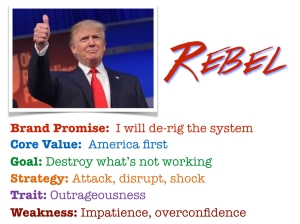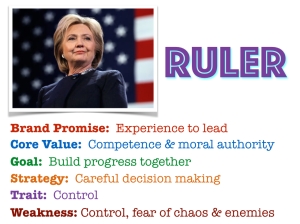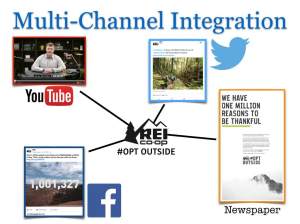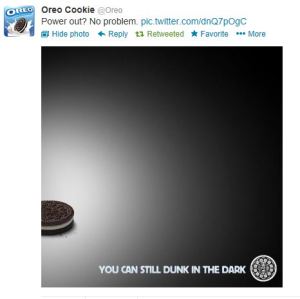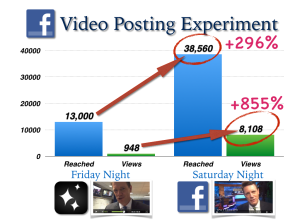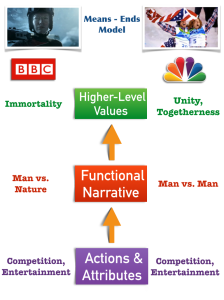
The presidential race has made the turn into its final lap. Both the Donald Trump and Joe Biden campaigns have spent millions to connect with voters and stake out their policies and political agenda. But in the end, voters will make their decisions on something less tangible, but perhaps more powerful.
“Voters make their decision on how they make them feel,” said marketing executive Jason Voiovich.
Decades of research back him up. Political scientists from Paul Goren to Arthur Miller and George Marcus and more have established that voters are drawn to, or repelled from a presidential candidate based up on a sometimes simple set of emotions.
As the writer and producer of the website Marketer in Chief, Voiovich has ingeniously amplified what scores of political researchers have long established. Specifically, that voters select presidents based on gut-level emotions. His primary proposition is that presidents have to stake out emotional goal posts that voters are willing to run toward. In modern marketing terms, it’s about branding.
Major consumer brands from Coca-Cola to Cadillac have over the years carefully crafted their own emotional bonds based in part on what is known as brand archetypes. Coke is the “innocent” brand—it’s about happiness. Cadillac is the “ruler” brand that exemplifies excellence, success, and prosperity. These archetypes have become the hammer and chisel used by virtually every advertising and marketing agency in the world to emotionally connect their clients’ brands with consumers. What advertisers so widely use today, was conceive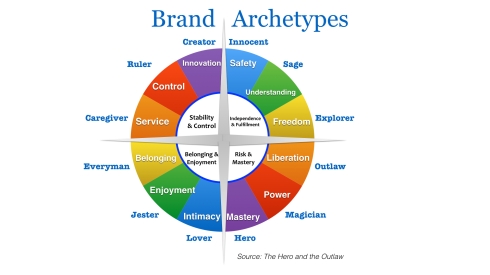 d by the ancient Greeks for their Gods. The “ruler” archetype is Zeus. The “lover” is Aphrodite, later Venus for the Romans. Authors Margaret Mark and Carol Pearson expertly define these archetypes in their book, The Hero and the Outlaw. The number and types of archetypes have expanded over the years, but they are generally divided into a quadrant that separates stability from risk, and belonging from independence. In other words, they are useful heuristics that act as a shortcut to forming a brand attachment based upon an emotional need.
d by the ancient Greeks for their Gods. The “ruler” archetype is Zeus. The “lover” is Aphrodite, later Venus for the Romans. Authors Margaret Mark and Carol Pearson expertly define these archetypes in their book, The Hero and the Outlaw. The number and types of archetypes have expanded over the years, but they are generally divided into a quadrant that separates stability from risk, and belonging from independence. In other words, they are useful heuristics that act as a shortcut to forming a brand attachment based upon an emotional need.
Trump the Rebel
These archetypes are equally as effective for presidential candidates as they are consumer brands. In 2016 I illustraed how Donald Trump was the “rebel” or “outlaw” compared to Hillary Clinton’s “ruler” brand. In the end, enough states with enough electoral votes sided with the rebel.
Famous rebel brands include Harley Davidson and Apple—yes, Apple. While it is now the most valuable company in the world in terms of market capitalization, and in many respects is a ruler in terms of smartphone market share and tablet computer dominance, it has always been a brand about disruption, invention, and not following the rules. After all, Its name and logo are derived from Adam and Eve’s forbidden fruit.
But it could be strongly argued that Donald Trump is the new exemplar of the rebel brand. He follows nobody’s rules, breaks nearly all social norms, follows his own intuition, and charts his own path. In 2016, it was an enticing brand for many voters who were weary of politics-as-usual and the seemingly endless political gridlock that was perceived to have left Middle America stagnant and forgotten.
Four years in office has only solidified Trump’s rebel brand. Whether it’s the churn of senior advisors, eschewing the advice of scientists on the COVID-19 pandemic, or the rhetoric at his campaign rallies and his performance at the first 2020 debate against Joe Biden, President Trump has doubled down on going his own way. Even his ads and social media video mirror the brand.
Together, it has a forged a fierce bond with his most ardent supporters who will travel for hours to attend his rallies. The latest Gallup poll shows the president enjoys a 95% approval rating among Republicans and it has never dropped below 77% since his inauguration. But his brand has also sparked extreme divisiveness. The same poll shows the president has an overall approval rating of just 45% among all voters. No modern president has been re-elected with such a low number.
Biden the Caregiver
Joe Biden has carved a decidedly different brand, and I would argue it was not his original strategy or personality asset. Biden has always succeeded at being the “everyman.”
“He just wants to be that person that you want to go to the bar and have a beer with,” said Voiovich, who studied the branding of all the democratic candidates during the 2020 primaries. He argues that it was a risky brand. “Joe Biden is a living, breathing Geico commercial. It’s fun, it’s interesting, it’s memorable, but do you really want that person to be president?”
Then the pandemic happened. The rapidly spreading coronavirus, the rising death toll, and President Trump’s perceived indifference created a strategic opportunity for Biden to modify his appeal and change his brand to that of the “caregiver.” The caregiver archetype is about providing stability and control through empathy and service. Everything about his campaign and the branding since early summer has been about fighting and containing the virus. He doesn’t just campaign on it—he lives it. Like the doctor in the operating room, he never does not wear a mask. His campaign events are carefully constructed for social distancing and keeping supporters (and himself) safe. He promises to be the anti-rebel and listen to scientists and Dr. Anthony Fauci who the president has mocked and isolated.
But Biden and his campaign have gone to great lengths to amplify the caregiver image beyond the virus. His ads show him counseling a child who, like Biden, suffers from a speech impediment. They show him embracing children, Black pastors, and union workers. The images of empathy and control work only if they are perceived by the consumer as being authentic. So far, the anti-Trump caregiver brand appears to be real and powerful enough to propel Biden in the national polls. However, polls don’t vote and neither do brands.
Most Americans believe the country is heading in the wrong direction. That’s never a good metric for a sitting president. Trump has created a powerful brand for himself, but Election Day will ultimately judge whether it has over-powered the electorate. How they feel about being rebellious or just being cared for are two strong emotional motivators that will reveal themselves in the ballots.
# # #



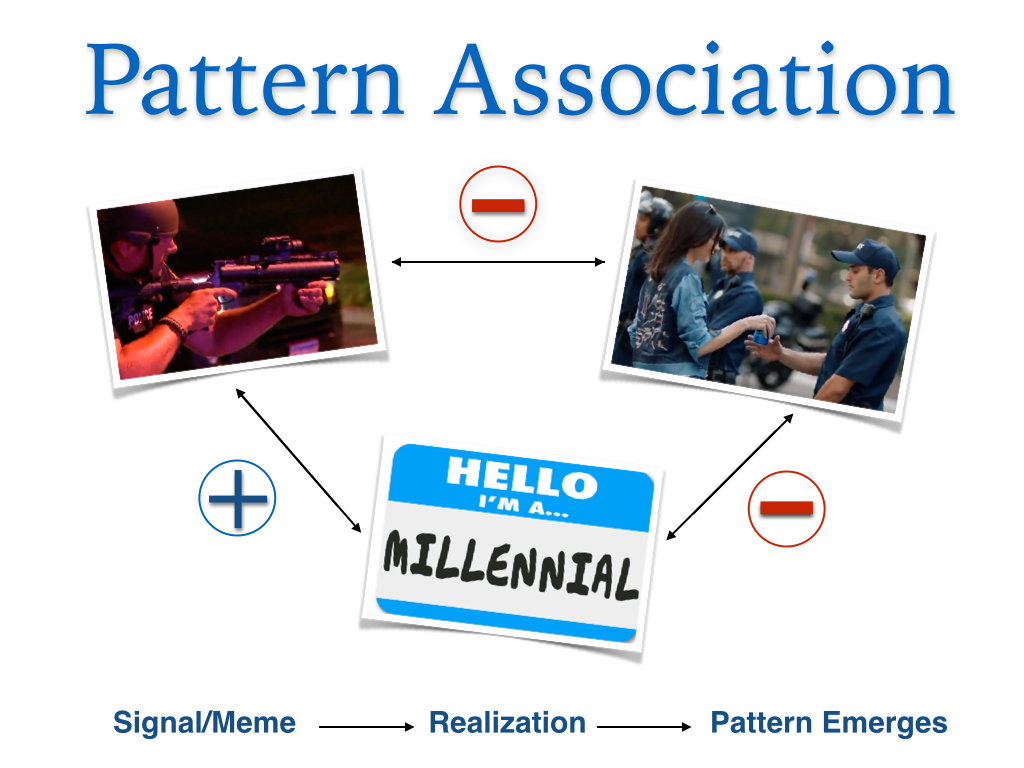
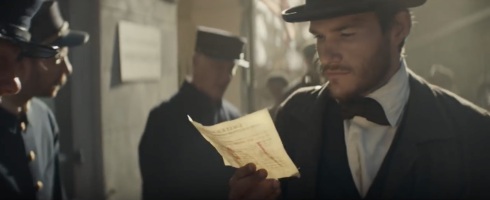
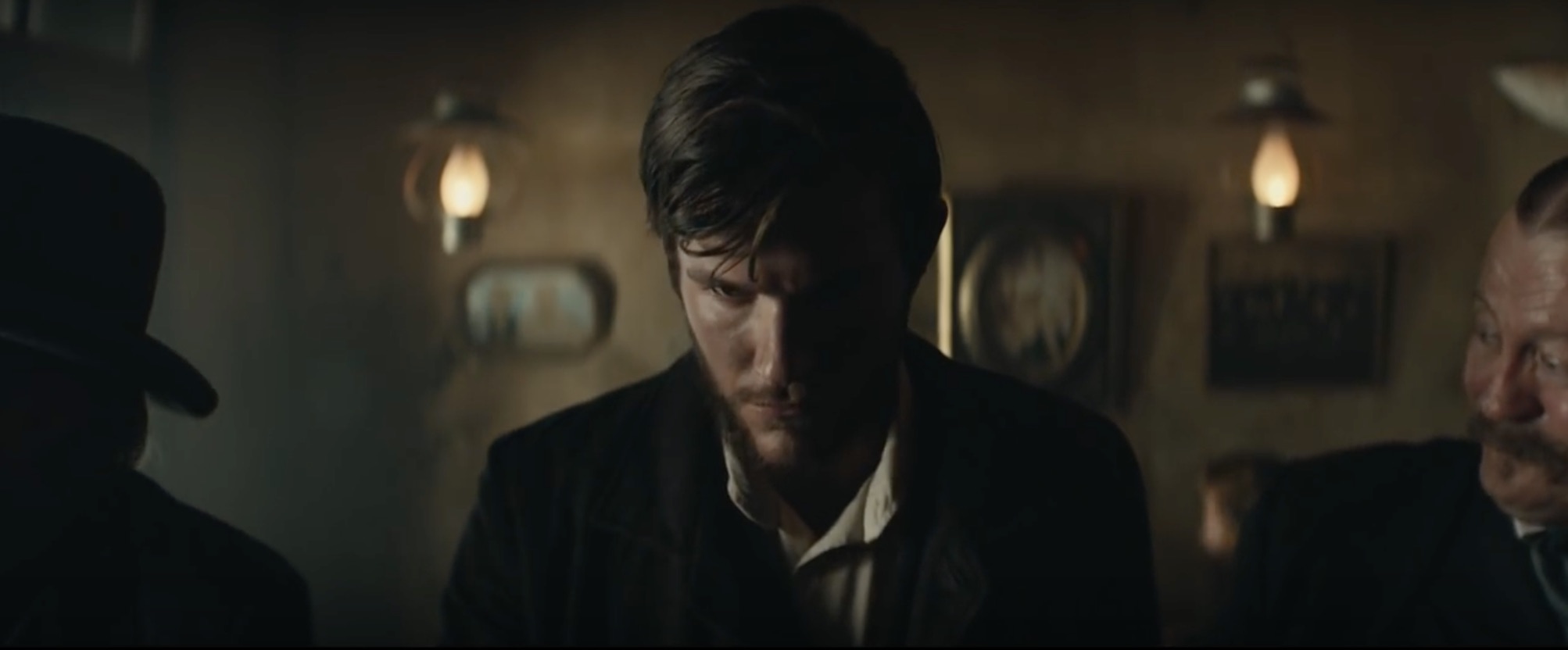
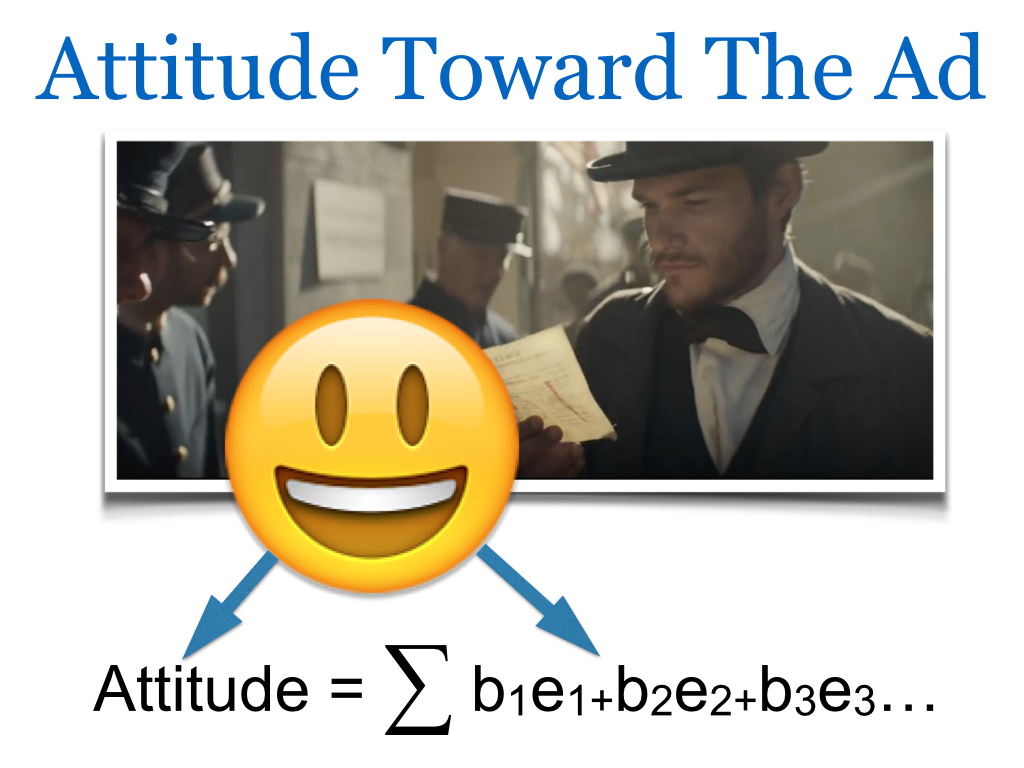
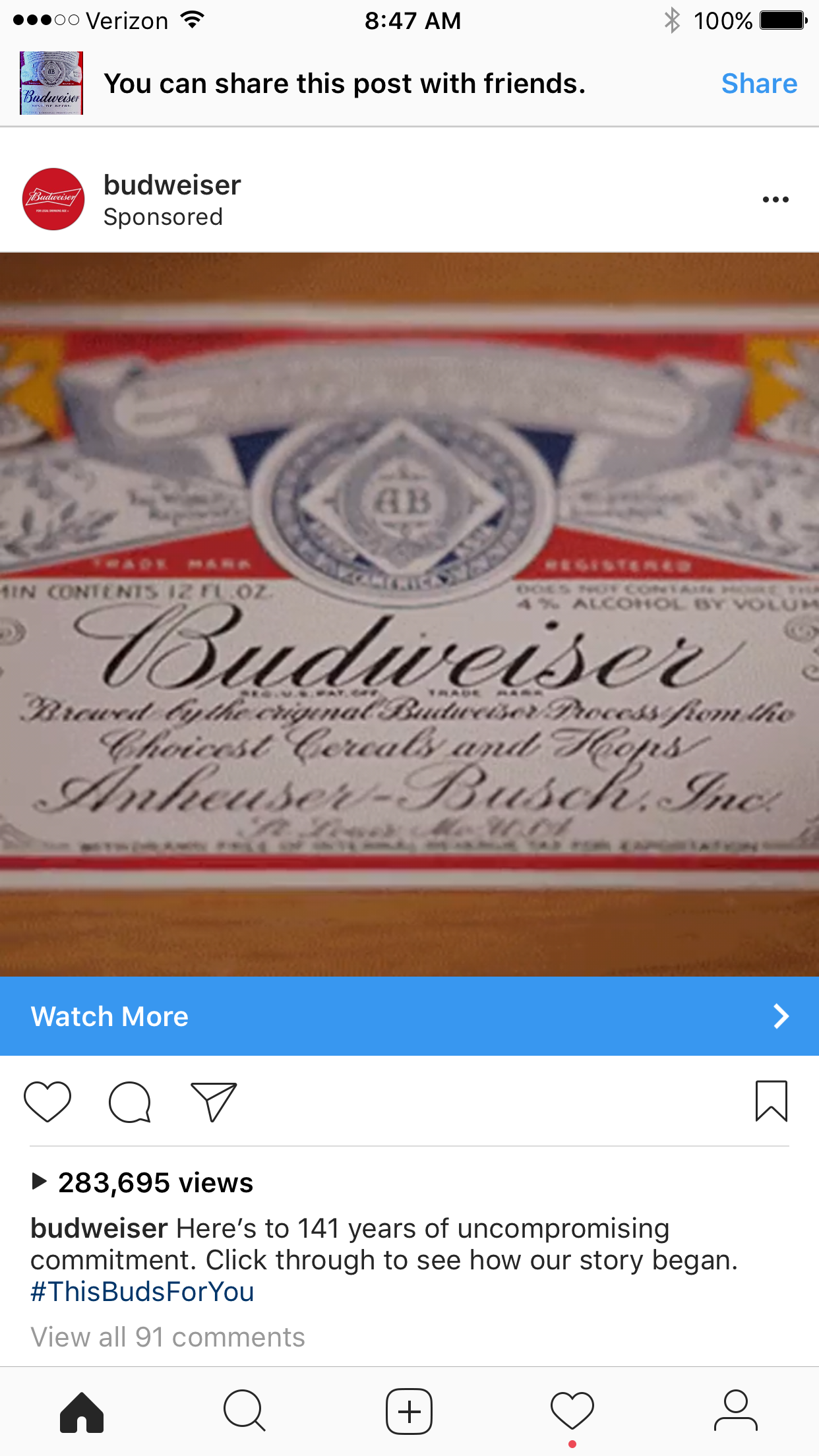
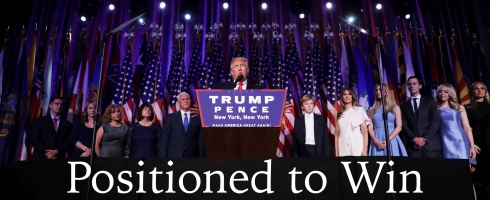
 Donald Trump didn’t just win the war for the Electoral College, he won the messaging war for an important segment of disaffected Americans. He did it by strategically positioning his brand, his message, and perhaps by complete accident, his marketing drivers.
Donald Trump didn’t just win the war for the Electoral College, he won the messaging war for an important segment of disaffected Americans. He did it by strategically positioning his brand, his message, and perhaps by complete accident, his marketing drivers.


